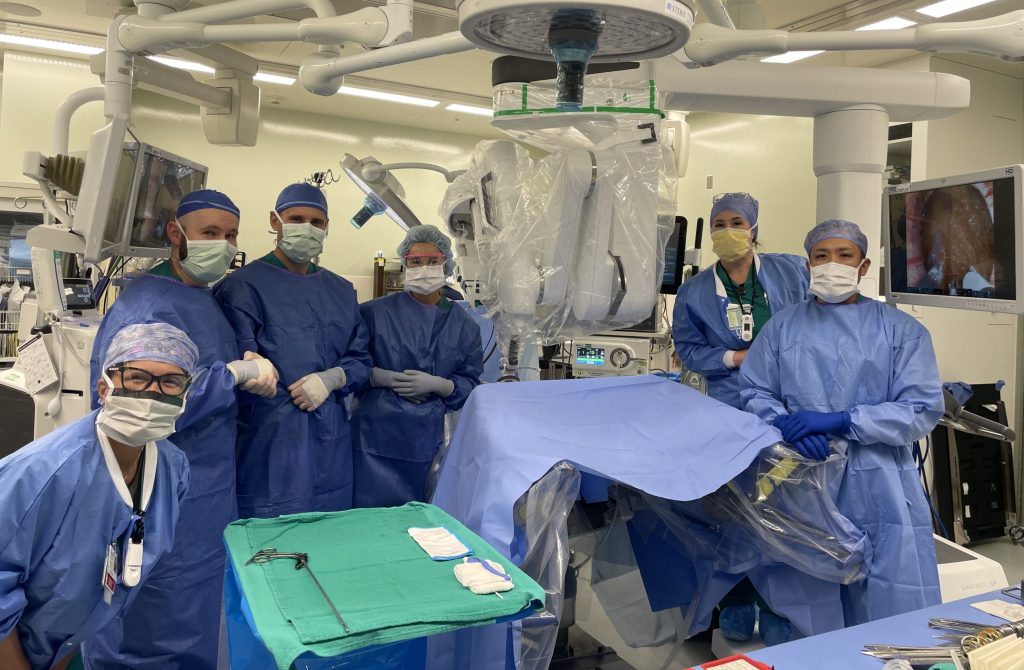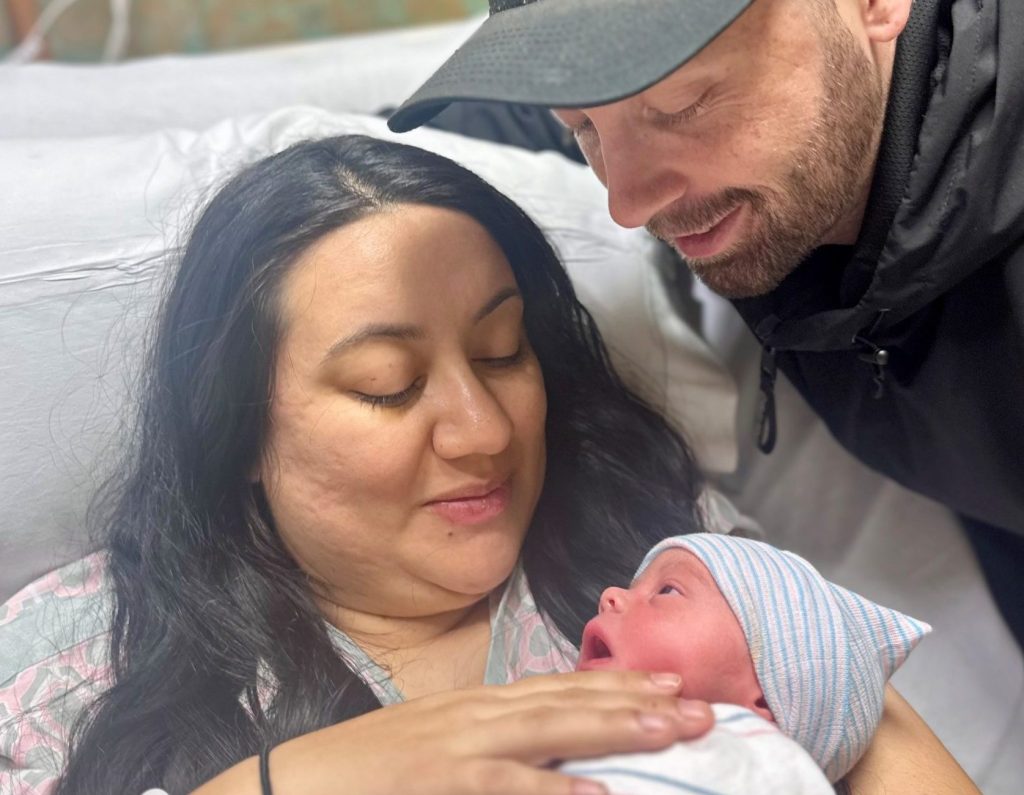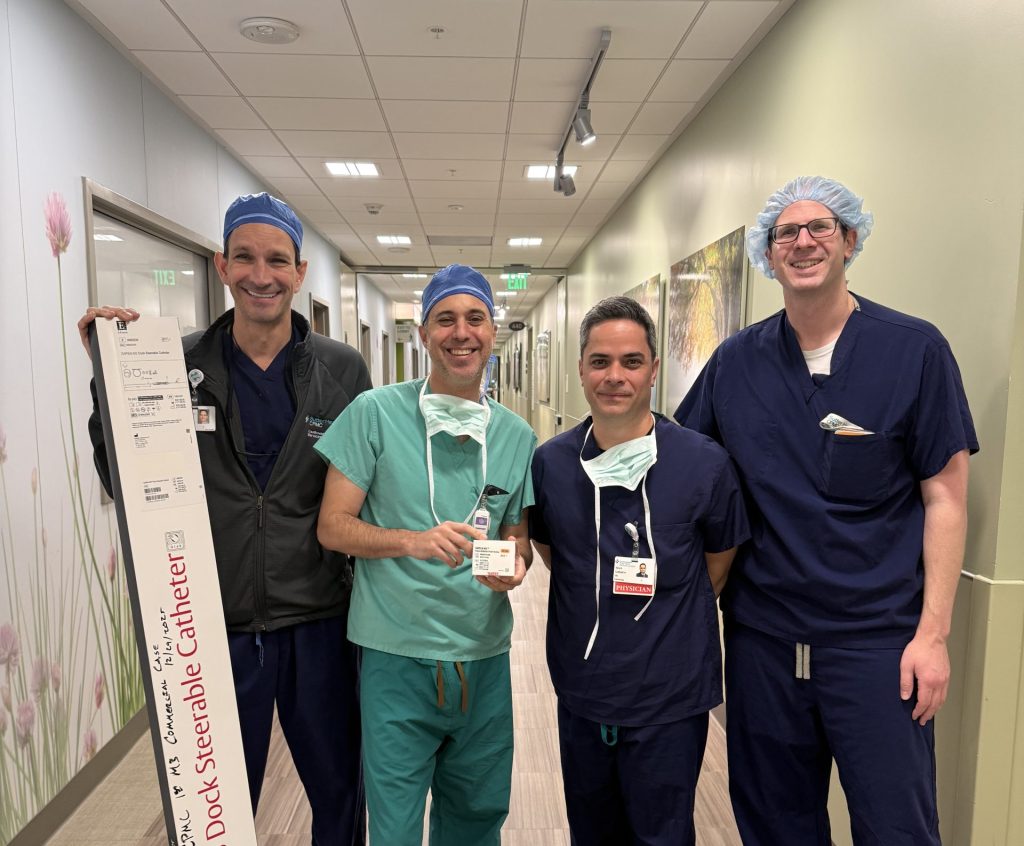One-size-care does not fit all, and that’s no more apparent than in the emergency room setting. Just like pediatric emergency departments are tailored to meet the needs of kids and babies, the same is true for seniors.
“Older adults have special medical, social and other needs that are more effectively addressed with the right coordination of care,” says Sara Cohen, a geriatric clinical nurse specialist at Mission Bernal campus in San Francisco.
The concept of a geriatric emergency department, or GED, has developed in the past decade, with hospitals like Sutter’s California Pacific Medical Center seeking accreditation for the integration of best practices for older adults in the hospital’s emergency services.
Cohen and colleague Dr. Ritik Chandra, an emergency medicine doctor at CPMC, are part of the team who have helped champion the hospital’s Level-2 GED accreditation at its Mission Bernal campus.
“Having this accreditation demonstrates that CPMC is focused on providing the highest standards of care for San Francisco’s older citizens,” says Dr. Chandra.
Some geriatric emergency departments function as standalone units, but most, as in CPMC’s case, are integrated within the existing emergency department.
All older patients who arrive at CPMC’s geriatric emergency department are treated by a multi-disciplinary team, including physicians, nurses, pharmacists and social workers, who have special training in geriatric medicine.
“They have expertise in issues such as fall risks, mobility challenges, cognitive and memory problems and medication interactions,” says Dr. Chandra.
He also points to continual efforts to try to lower hospital admissions and re-admissions for seniors.
CPMC emergency providers go beyond treating the immediate complaint. They also screen for additional issues, explains Dr. Chandra. The team takes the time to work with the patient and their caregiver to help ensure a smooth transition from the emergency department to hospital admission or discharge to home. If it’s determined that hospitalization is needed, older patients may qualify for CPMC’s Acute Care for the Elderly Unit.
“The goal is to get older patients back home to promote healing in an environment they’re familiar with,” says Dr. Chandra. One reason is to reduce the risk of delirium, which he says can affect up to half of older patients in a hospital.
Delirium, a state of worse-than-usual mental function, is associated with worse health outcomes and linked to longer hospital stays. Delirium can also have longer-term consequences like speeding up cognitive decline and a higher chance of death in the following year.
Additional Screenings, Medicine Checks Help Gauge Next Steps
Screening for geriatric syndromes helps identify older adults who may be at risk for worse health outcomes.
In the GED at CPMC, older adults undergo four assessments, including the Identification of Seniors at Risk, or ISAR, a six-item validated screening tool for identifying older patients at risk of adverse outcomes post-ED visit; the Confusion Assessment Method (CAM), to identify delirium; the Mini-Cog©, a three-minute test that can increase the detection of cognitive impairment in older adults; and the Timed Up & Go (TUG) test.
“The TUG test is used by healthcare providers to evaluate a patient’s risk of falling and their ability to maintain balance while walking,” says Cohen.
TUG involves the patient standing from a seated position, walking 10 feet to a set point, turning around 180 degrees and sitting back down. It’s been shown that an older adult who takes more than 12 seconds to complete the TUG test is at risk for falls and decreased functional mobility.
For older adult patients who get discharged to home, Cohen says the team is beginning to implement medicine reconciliation.
“It’s beneficial for the patient to have a pharmacist put eyes on their medication list. They can say this doesn’t quite make sense, or this medication is duplicative, this one puts the patient at risk for delirium, and so on,” says Cohen.
Potential conflicts will help trigger the pharmacist to talk to the patient’s doctor in the hospital, who can then message the primary care provider, who can see what can be followed up with in the outpatient environment.
Aging in Place
Regardless of what you’ve read, San Francisco is not a Millennial-only zone. It has a sizeable aging population. With roughly 883,000 residents, about 110,000 city dwellers are already age 65 or older. By 2030, nearly 30% of San Franciscans will be age 60 or older.
As the entire country’s population grows older, CPMC and other hospitals in the Sutter Health integrated network of care are taking steps now to change the way healthcare is delivered to older adults.
Everything from reinforcing programs like Sutter Care at Home, to growing community-based partnerships for seniors, to seeking accreditation for a geriatric emergency department, are all ways that Sutter is helping to enhance care for adults who’ve are in older age.
“It’s not just medicine for old people. It’s a different way about thinking about care, of really valuing the whole patient and the purpose of the interdisciplinary team,” says Cohen.
CPMC’s Mission Bernal campus’ emergency department currently holds a Level 2-Silver accreditation by the American College of Emergency Physicians. CPMC is applying for a Level 1-Gold accreditation — the highest and most comprehensive level — this year.





